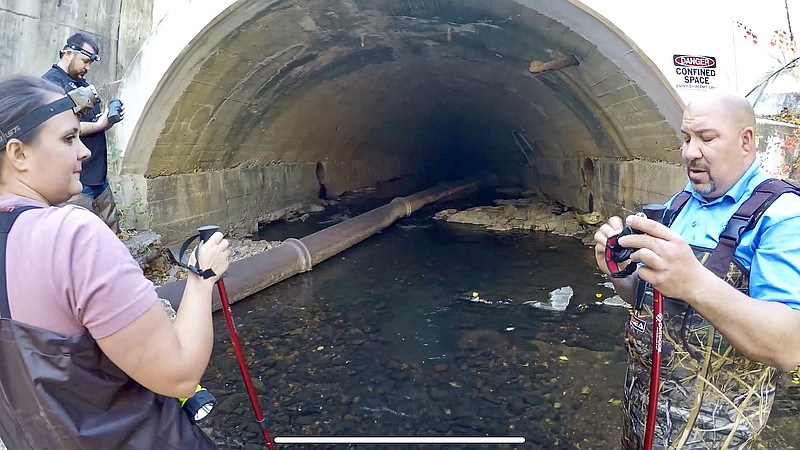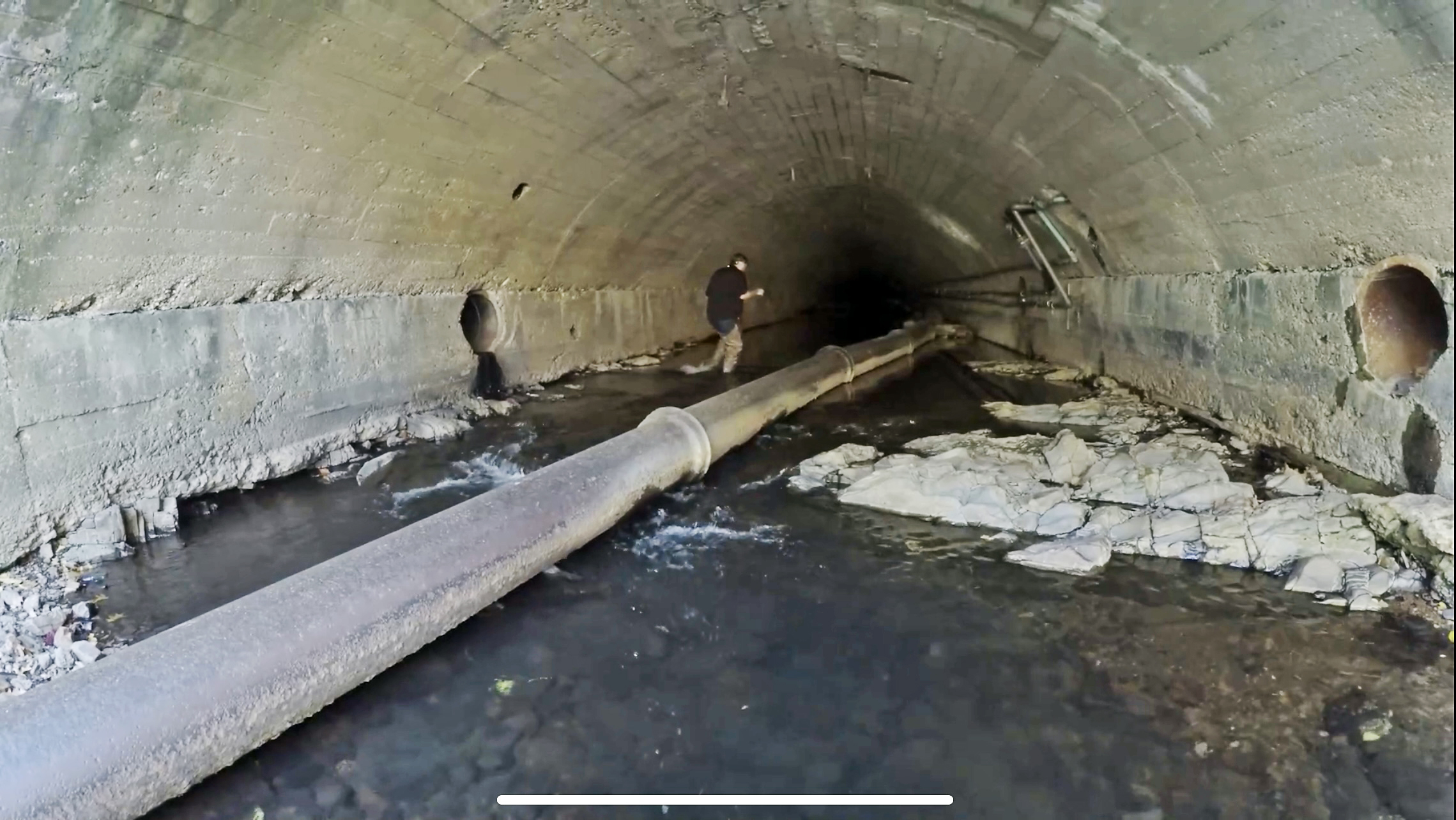EDITOR'S NOTE: This is the first installment of a two-part series about a student's proposal to open Hot Springs Creek.
With a goal to restore the original beauty and prominence of the "healing waters" that made Hot Springs famous, one former local student has devised a plan to uncover Hot Springs Creek as it winds through the downtown area.
Zane Colvin, a 2018 graduate of the Arkansas School for Mathematics, Sciences, and the Arts, currently pursuing his master's degree at the University of Texas at Austin, presented the proposal in his landscape architecture undergraduate honors thesis while at the University of Arkansas.
The thesis, entitled "The Hot Springs Creekway & the Rediscovery of the Water that Made Hot Springs Famous," proposes to uncover the thermal waters that flow through downtown and create boardwalks to allow visitors to "see and touch the water that put the town on the map."
The idea, he notes, is to "daylight" Hot Springs Creek.
"This project would massively reinvent downtown, bringing new life to this area and enriching the region as a whole," he said. "Taken with the city's goal to have the Hot Springs Creek Greenway Trail to connect Lake Hamilton to the farmers market, the creekway would create a continuous hike-able and bikeable nature path from downtown to the lake, meaning anyone along this 4-plus mile long route could get to the lake or the springs, or vice versa. This would also create a backbone from which all future walk and bike plans could be connected, eventually tying every part of town together through recreational pathways."
Hot Springs Creek has flowed silently underneath the historic downtown area since 1884, when a stone arch aquifer was constructed, followed by more additions to the brick/stone masonry tunnel structure. Uncovering the creek, he said, would create thermal "pools" for the public to enjoy as well as restore the banks to "presettlement ecologically rich conditions." The integrity of downtown, however, would not be compromised as none of the buildings would be touched.
Colvin, who grew up in Wynne, said the idea first came to him while attending ASMSA. He later learned the skills necessary to take on such a proposal at the Fay Jones School of Architecture & Design at the U of A.
"Done through numerous, achievable phases, this project will fully incorporate the daylighted and re-imagined creek into the urban and natural fabric of the city, bringing new life and purpose to the world's oldest national park, while also invigorating community engagement and pride," he said.
While Hot Springs has 47 natural springs that release nearly a million gallons of potable water each day, he notes in his thesis abstract "the problem is, almost all of this water is hidden from sight, funneled directly into an 1884-constructed tunnel underground, where no person (or other life) can experience it."
His research included visiting other cities such as San Antonio that incorporated similar waterway daylighting techniques centered on pedestrian attractions, which often also serve ecological or flood-abating purposes.
"I think something that surprises a lot of people when they go to Hot Springs is that there's not really that much interaction with the water itself," he said. "And I was kind of floored by that."
Reestablishing the ecological connections from the national park through downtown, allowing the hot springs to flow freely down the hillside, he said, would generate fog and Tufa stone again -- which has been uncommon since the mid-1800s.
Introducing a wider variety of native Ouachita plants into the landscape, the project would see construction of walking bridges over the creek and boardwalks along the creek, making it more accessible, as well as natural-style staircases leading down from street-level.

